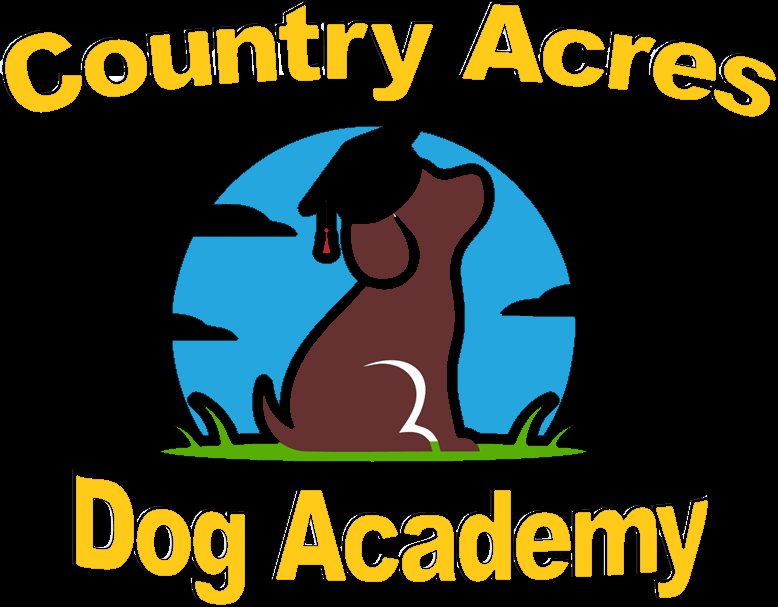Smart Socialization: The Efficient Guide to a Well-Socialized Dog
Hey there, fellow dog lover! You’ve just welcomed a new four-legged sidekick into your life—congrats! As a busy, active human who thrives on adventure (and maybe the occasional patio brunch), you know how important it is to set your pup up for success in every aspect of life. And one of the biggest keys to a confident, happy dog? Yep, you guessed it: socialization.
Now before you start picturing chaotic dog parks or meet-and-greets gone sideways, don’t worry. Socialization doesn’t mean tossing your dog into the deep end and hoping they doggy paddle their way to good manners. It’s about thoughtful, positive exposure to the world—at your dog’s pace.
Understanding Your Dog's Comfort Zone (No Pressure, Just Vibes)
Imagine starting a brand-new job and immediately being thrown into a chaotic team meeting without any context. Stressful, right? Dogs feel the same way when they're introduced to too much, too fast.
Socialization should be calm, positive, and respectful of your dog’s emotional state. Watch for signs they’re getting overwhelmed: lip licking, yawning, turning their head away, tail tucked, trying to escape the scene. These are your dog’s polite way of saying, “Hey, I’m not loving this right now.” And that's okay. Give them space, let them decompress, and try again another day.
The Secret Sauce: Play + Structure = Social Genius
Think of socialization like learning to dance. There’s the free-spirited fun of just moving to the beat (playtime!), and then there’s the benefit of actual dance lessons (structured social experiences). Both are important.
Playtime with Pals: This is where your dog learns the social ropes—how to invite a game, when to back off, and how to play nicely. But it’s not a free-for-all. Choose playmates with similar energy and play styles, and always supervise. (Even dogs need a chaperone sometimes.)
Structured Social Time: Think calm, controlled interactions like passing another dog on a walk, practicing polite greetings, or joining a socialization class. These settings help your dog learn how to be cool and collected around other dogs without turning into a wiggly whirlwind of excitement.
Too Much? Too Little? Here's the Balance
Socialization isn’t just about doing it—it’s about doing it right. Here’s where things can go sideways:
Under-Socialization: If your pup misses out on new experiences, especially during their early developmental period (3-16 weeks), they may grow up anxious or fearful of new people, dogs, or even random inanimate objects (looking at you, garden gnome). It’s like never leaving your hometown and then suddenly being dropped into a bustling city—overwhelming and confusing.
Over-Socialization Without Boundaries: On the flip side, letting your dog meet every single person and pup on the sidewalk like it’s a party can backfire. They might become overexcited, pushy, or struggle to focus in new environments. Socialization should build confidence, not chaos.
Need a Little Help? We’ve Got You.
Between meetings, workouts, and trying to remember if you watered your plants this week, fitting in quality socialization time for your dog can feel like a whole extra job. That’s where we come in.
Our Day Camp Training is tailor-made for busy people like you. Your dog gets to play, learn, and socialize with carefully matched canine friends—all while being guided by a professional trainer. It’s like preschool for pups, minus the snack time tantrums and glitter crafts.
Prefer a more custom vibe? Our private training sessions are designed around your schedule and your dog’s unique needs. Whether your pup needs confidence-building, polite greeting practice, or just some help learning to chill in new environments, we’ve got a plan for that.
Ready to turn your pup into a well-mannered social butterfly? Book an in-home consultation and let’s get started!
